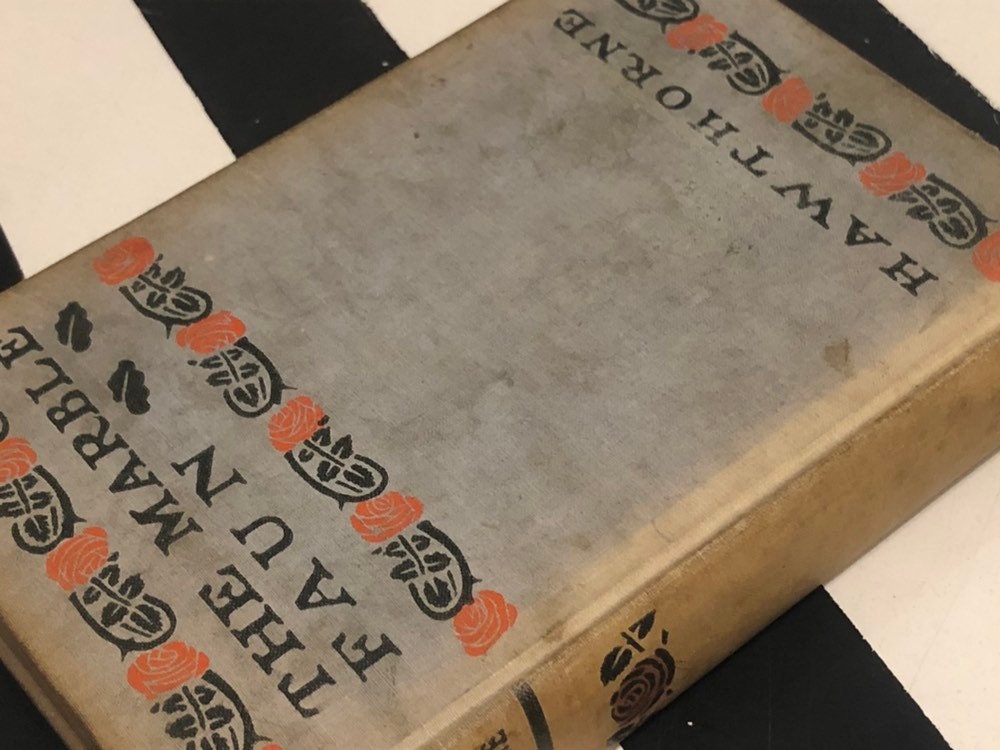

This quest is charted in the chapters “Altars and Incense” and “The World’s Cathedral” (a title that could almost have come from Chesterton). But as well he finds the headquarters of an international religion with powerful influence over human souls and minds. In Rome he finds many things: a reminder of a great civilization and mighty empire, surely.

One can sense Hawthorne the American grappling with the heritage of European Christendom from the standpoint of a man of the New World, like his American protagonists. But Hawthorne’s final comment on penance and sin, and his reaction to the whole world-picture of Italy, comes in an extraordinary sequence of chapters in the novel’s second part. God’s providence allowed evil to occur so as to transform it into a greater good, raising man from a natural to a supernatural level. In the “Faun’s” subsequent moral regeneration following his “penance” for the murder, we see Hawthorne exploring the classical Christian idea of the felix culpa or happy fall. At a crucial moment he commits a murder that causes him to reexperience Adam’s fall from grace.

“Donatello” is established early on as a prototype of innocent and happy prelapsarian man. A far cry from The Scarlet Letter, perhaps, yet Hawthorne’s allegorizing purpose remains strong as ever. The book is a feast of sensory imagery, attaining a sacramental significance at times and at others simply basking in an aestheticism reminiscent of the world of the Pre-Raphaelites. The novel’s characters include three expatriate American artists and their Italian friend, “Donatello,” who resembles the mythical faun in an ancient statue. While in The Marble Faun he remains very much the moralist, he travels far afield from his New England roots to Rome, to other towns and countryside of Italy, and into the world of art and Catholic Christianity. We know Hawthorne best as a psychologist of sin who looked at his Puritan heritage from an oblique and critical angle. Nathaniel Hawthorne classed The Marble Faun, his last novel, among his “romances,” works of fiction blending fantasy with moral allegory. In “The Marble Faun,” we sense Nathaniel Hawthorne, descendent of Puritans, coming to terms with what some call the “Catholic Thing,” transcending the assumptions of his own culture and society in an open-minded reflection on history and art.


 0 kommentar(er)
0 kommentar(er)
